There are countless blood sucking parasites with evil agendas that can affect the human body in the grossest ways imaginable. The most unusual critters can breed and dwell in one of the most sensitive parts of our body — our eyes. Make sure to clean your contacts properly, because you never know what’s lurking.
10. River Blindness
River blindness is a dreadful disease caused by the worm Onchocerca volvulus. This parasite is transmitted by infected black flies that live and breed near rivers, hence the disease’s name. About 18 million people are diagnosed with this infection, with 99% of the cases found in Africa. Unlike malaria this disease isn’t fatal, but it does make your life miserable.
After the parasite makes contact with human skin, it lays its larvae. In addition to severe itching, skin rashes and bumps, blindness can occur. O. volvulus is generally found in rural agricultural areas and has a big impact on the community, bringing severe economic and social problems. Travelers have smaller chances of receiving the disease due to the fact that repeated bites are needed to become infected. As scary as this all seems, it’s a relief to know that there’s a drug that destroys the larvae. We’d play it safe and load up on insect repellant, though.
9. Acanthamoeba keratitis
Amoeba keratitis is a vision threatening parasitic disease caused by a pathogen called Acanthamoeba. While non-contact lens wearers can be affected, it mostly targets people who wear contacts on a daily basis. Keep up your eye hygiene!
Acanthamoeba has various species that have been found in tap water, sewage, dental treatment units, lakes, swimming pools, and heating and air conditioning units. It has a two stage life cycle, cysts and trophozoits. The cysts are harmless, but the trophozoits can enter the human body through the eye or nasal passages, and move towards the respiratory tract or damaged skin. 95% of people with Acanthamoeba keratits have complained of having a great amount of pain, along with other unpleasant symptoms.
Early diagnosis is the key to effective treatment, which is still evolving. Combinations of many antibiotic, antiviral, anti-fungal and anti-parasitic drugs have shown success.
8. Roundworm Baylisascaris
The raccoon is the ultimate host for this roundworm, but small mammals and birds can also be infected. The worm fully develops inside the raccoon’s intestine and passes millions of eggs through their feces. Humans can get infected by ingesting these eggs. The risk gets higher in areas where raccoons are more frequent.
After ingesting the eggs, the migration of the larvae varies depending on its travel route. If the eye is affected, optic nerve damage and blindness can be its main symptom. Many others cases have shown spinal cord or organ damage. The eggs are resistant to a wide range of environmental conditions and, with adequate humidity, will survive for years in the soil. A sticky coating allows them to adhere to different surfaces, including dust particles.
The harshness of the symptoms depends on how many eggs have been ingested and where they travel in the body. So try to resist the urge to hug any wild raccoons.
7. Chagas Disease
Have you heard of kissing bugs? They’re not as cute as you might imagine. Also known as triatomine bugs, they host the parasite Trypanosoma cruzi, which causes Chagas disease. This disease isn’t new — Chagas parasites have been found in 9,000 year old remains from the ancient Chinchorro culture of South America.
The parasites are easily released into a bite wound, and they also commonly enter through the membrane on the inner corner of the eyes. This causes swelling of the eyelids and needs to be treated. It’s estimated that eight million people are carrying this disease in the Americas, and most don’t even know they’re infected — the acute phase lasts for several weeks or months and goes unnoticed. The bugs can be found in mud, wall cracks, straw and other building materials.
The acute phase can be treated fast if detected, but the chronic phase is life-threatening. It’s an emerging health problem, although a wide range of drug treatments have shown promise.
6. Myiasis
Myiasis is an infection of the tissue spread by bot flies carrying Hypoderma tarandi, a parasite that lays eggs on reindeer and caribou and which sometimes infects humans. Myiasis is one of the oldest recorded diseases affecting man — as early as 520 B.C., Herodotus described a case of facultative myiasis in a woman.
Larvae that penetrate the eye cause a condition called ophthalmomyiasis. Vision can be lost, as there’s also a risk of retinal detachment and glaucoma. Then there are the sharp, scary looking hooks on their backs and chubby white bodies, which are very discomforting when shoved into tissue. Treatment is larva removal with lasers or vitrectomy, a very delicate procedure because if the maggots burst you’ve got a serious infection on your hands.
5. African Eye Worm
The African eye worm, also known as Loa loa, uses deer flies as their host. Infected deer flies carry larvae in their abdomen, and after seven to 12 days the larvae can infect humans. When an infected deer fly takes a bite out of a human, it transfers the parasite into the open wound.
The larvae can only grow into adult worms in the human body, a process that takes about five months. They enter the blood stream, but also travel to the lymph nodes and can live up to a year. Symptoms aren’t noticed in the early stages for most people. Although it doesn’t cause damage or vision loss, it is painful. The worm can actually be seen traveling across the eye, a surreal and disgusting sight. Sometimes surgery is required to remove the worm, depending on the severity of the case.
4. Toxocariasis
Toxocariasis is a roundworm infection that’s transferred from animals to humans. Cats and dogs infected by toxocara can transmit its eggs in their feces. By coming in contact with the infected animals feces, humans can become infected. The larvae can travel to the eye, which causes scarring of the retina and inflammation. Vision loss is also a concern. Ongoing treatment is required to prevent further eye damage.
3. Cysticercosis
A tissue infection that’s caused by cysts of a pork tapeworm, Taenia solium was named the food-borne parasite of “greatest global concern” by the World Health Organization. This parasite is usually transmitted to humans through undercooked food, and its eggs create cysts in various tissues, including the brain.
Cysts can also occur in the eyes. Blurred and disturbed vision is a common symptom, and in some cases detachment of the retina occurs. There is medication, but sometimes surgery is needed if the cyst is in a bad location.
2. Thelaziasis
Thelaziasis is an infection caused by the parasite Thelazia callipaeda, which attacks the eyes of cats, dogs and humans. The adult parasites are found in the tear ducts — after planting larvae in these sensitive areas, flies that feed on the hosts’ tears ingest them and become an intermediate host. Humans can serve as a host after infected flies feed around the ducts. Worms can breed and turn into adults in the eyes, although the fact that they live near the outside of the body means they can be treated relatively easily.
1. Toxoplasmosis
The main host of toxoplasmosis is the domestic cat, and the parasite that causes this disease is called Toxoplasma gondii. Toxoplasma forms cysts in cat feces, and any kind of contact can lead to transmission. It can occur during litter box cleaning, or ingestion of food that’s been in contact with soil contaminated by feces. Cats don’t show any symptoms of the disease, making it difficult to tell if your cat is infected.
When these cysts mature they become infective to humans and can form cysts anywhere in the body, including the heart. Cysts that occur in the eyes can cause blurred vision, and if the infection isn’t treated retina damage and blindness can result. Sometimes, symptoms don’t occur until the immune system is weakened. So play it safe the next time you clean the litter box.
You can read more from Angela at her blog, www.goodstuff.life.
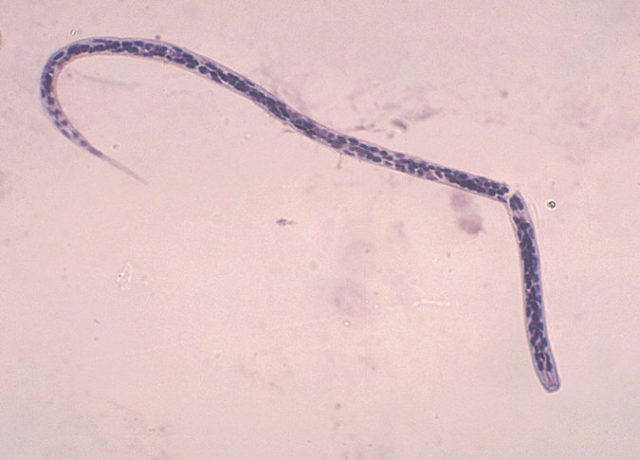
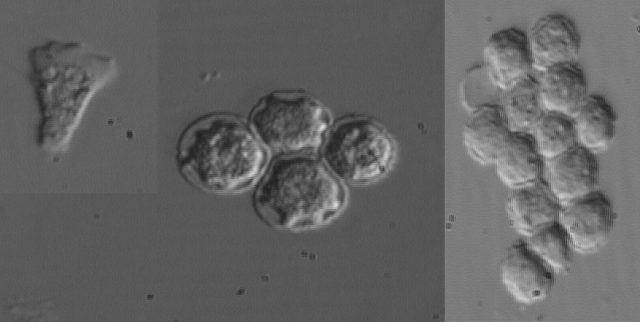
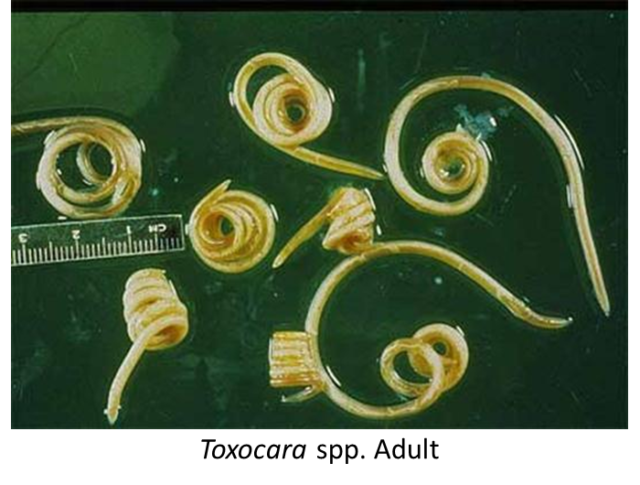
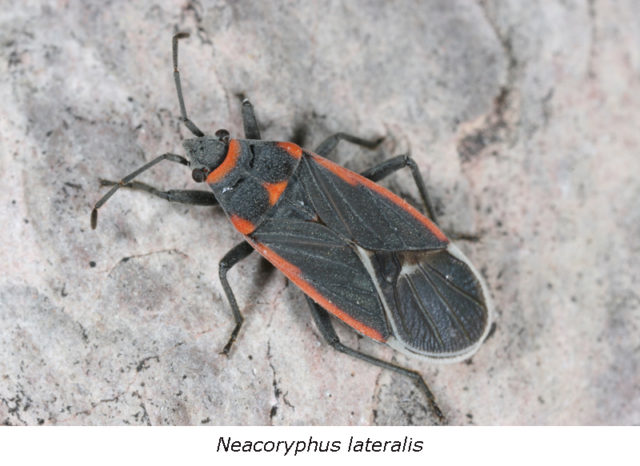
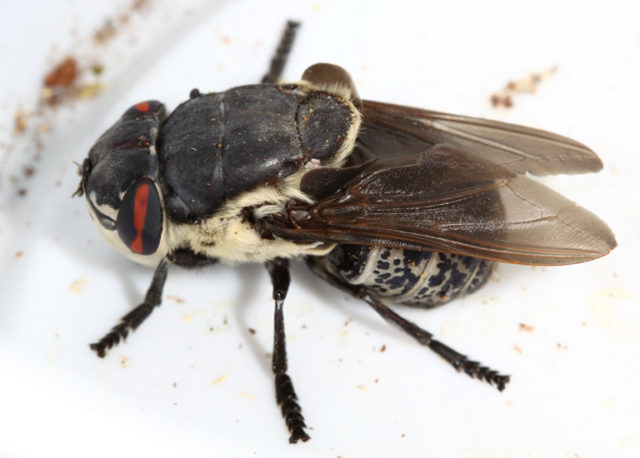
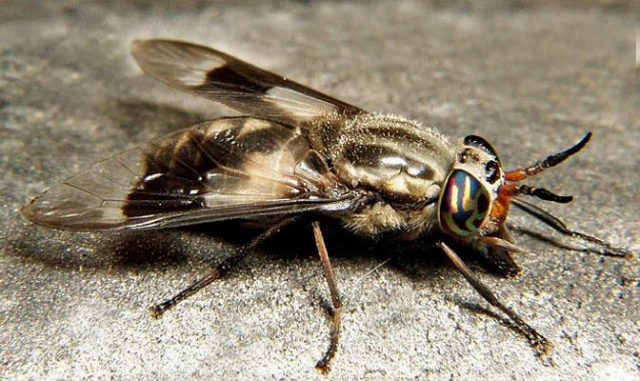
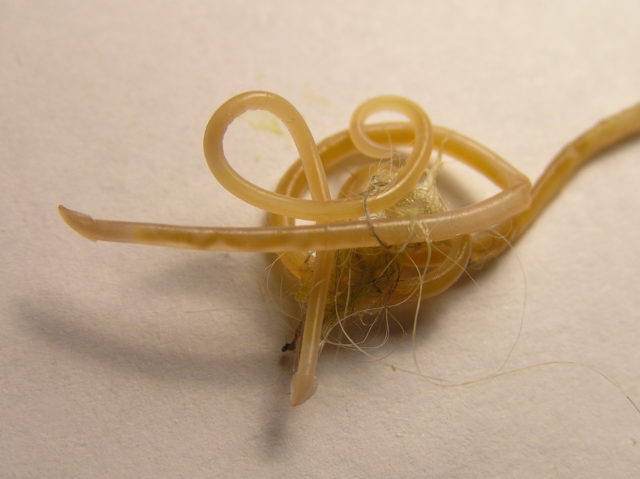
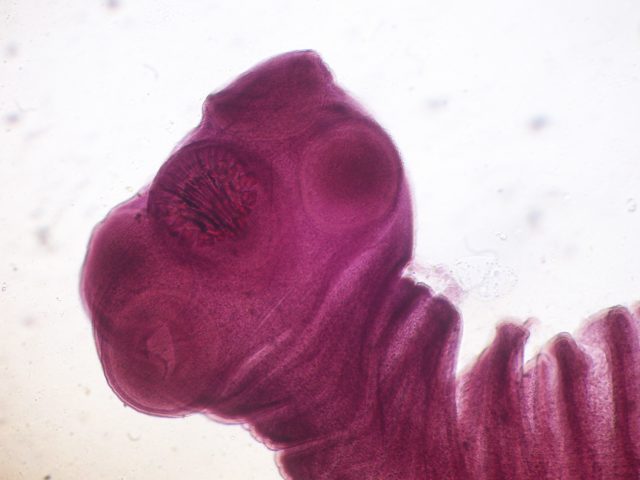
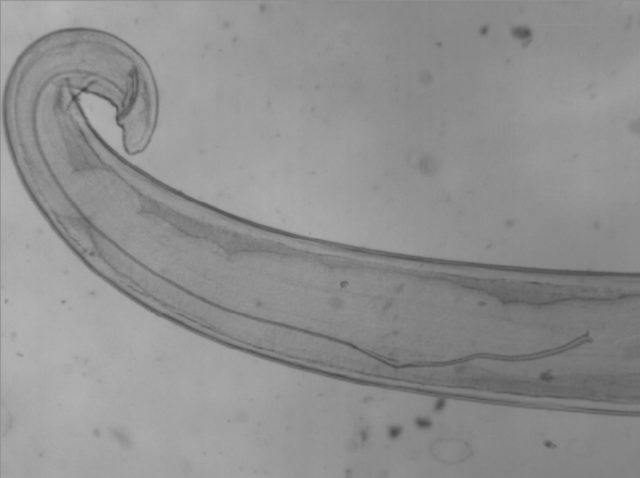
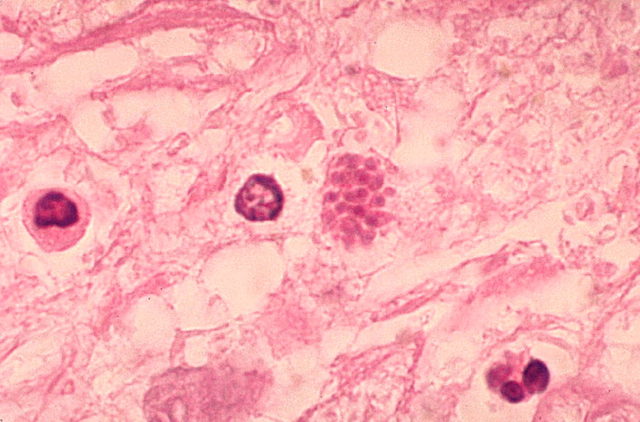
4 Comments
The insect pictured under #7 is not the insect that spreads Chagas disease. The insect that carries the parasite (T.cruzi) that causes Chagas is called a Triatomine, a type of reduviid bug. We are trying to help people to correctly identify this insect. Photos can be found at the CDC website under Chagas. Or there is a downloadable guide to identifying these insects found at the Texas Department of State Health Services – Chagas website.
Thank you!
18002324636 CDC ,CALL them they can find you a place to be treated for all parasites, even with out insurance they will HELP YOU
I have had this problem for a babt a ur now er doc teated me for scabies and std.test came back neg health dep acted like i was on drugs…its started ad severe itching on my head and face mostly my eyes and eyebrows now my eye ducz are swollen if i lift my eye lidsu can see somthing almost like a stye but it moves my eyeswater a lot they get red and my vision is blurry i also have on on my kneck wat looks like ringworm…but the medicine dont wok i have recently been severe sick w upper resp and ba3cterial infections i have no primary doc or insurane believe when i say i feel somthing moving its making me crazy please help i can send pics
“…flies that feed on the hosts’ tears ingest them and become an intermediate host.”
That is the most terrifying and disturbing series of words I’ve read in quite some time. Very good article. 🙂